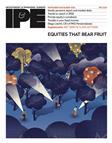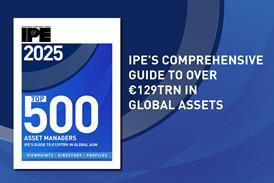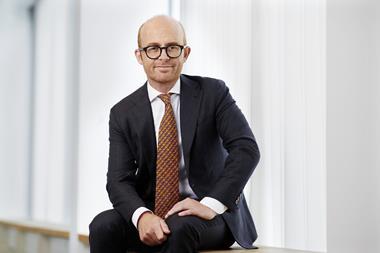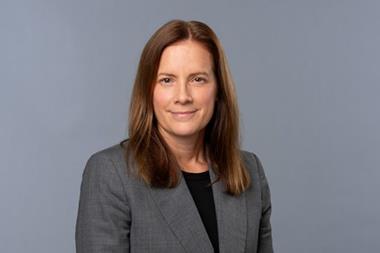As the first of Sweden’s AP national pensions buffer funds to report 2024 results, Gothenburg-based AP2 announced an 8.2% return, saying currency hedging had dented gains after krona weakness.
Eva Halvarsson, chief executive officer of AP2, said: “We are delivering a strong result for the year with a good return, where the largest contribution comes from equities in developed markets and private equity.”
Within fixed income assets, she said, listed and unlisted credit had been key drivers of the result.
“As the Swedish krona has weakened during the year, currency hedging has had a negative impact on the return,” she added.
The five AP buffer funds, which collectively manage some SEK2trn (€177bn) of capital in the income pension system, are in the spotlight currently as details of their biggest reform for 25 years are defined.
Yesterday afternoon, the Swedish government published draft legislation for the AP funds reform, which will see the three Stockholm-based buffer funds merged into two, with AP1 being liquidated, and in Gothenburg, the smaller private-equity specialist fund AP6 being incorporated into AP2.
AP2’s total assets grew to SEK459bn by the end of 2024 from SEK426bn a year earlier, according to its annual report published this morning.
With a strategic allocation of 67% of the portfolio, equities produced a 15.6% return while income-producing assets returned 9.2%.
AP2 now classifies all assets as either equities or fixed income, with real assets coming under the first of the two headings. Developed markets equities, accounting for a fifth of AP2’s equities, returned 23.8%, while Swedish shares produced 9.0%. Real assets returned 8.9%.

Unlisted credit returned 23.2%, compared with a 4.3% return for developed markets government bonds, the annual report revealed.
Mentioning the new fund management strategy AP2 launched in 2024, Halvarsson said the fund’s decision-making structure had been revamped to manage the portfolio more effectively.
“The goal is to combine long-term decisions with the ability to make dynamic shorter-term allocations,” she said.
“The year began with a reorganisation to support the strategy, which has already led to improved collaboration between our departments,” the CEO noted.
IPE asked Halvarsson about the prospect for improved returns when AP6 is incorporated into AP2 – for example, whether the resulting larger fund managing more private equity might produce higher returns, and whether they would be more volatile from year to year.
“Unfortunately, it is too early for us to comment on any details of the future portfolio or expected returns/volatility,” she said.
“When it comes to the benefits from the proposed change, the government has stated that one objective is to fully incorporate AP6 into the pension agreement and the buffer fund system.”
“There is also an expectation of some benefits from the larger size, in terms of cost and competence,” Halvarsson said.
Read the digital edition of IPE’s latest magazine

























No comments yet